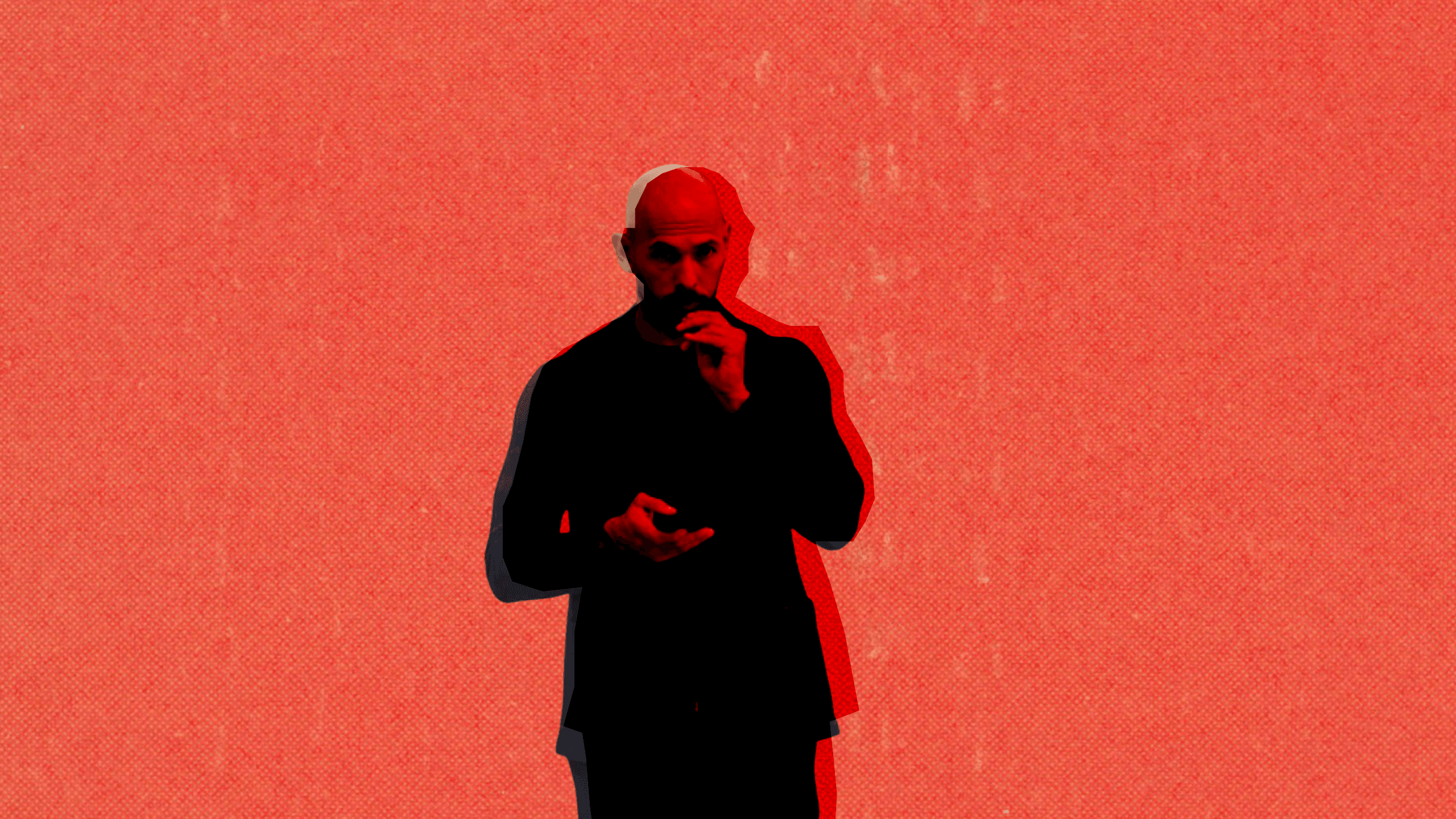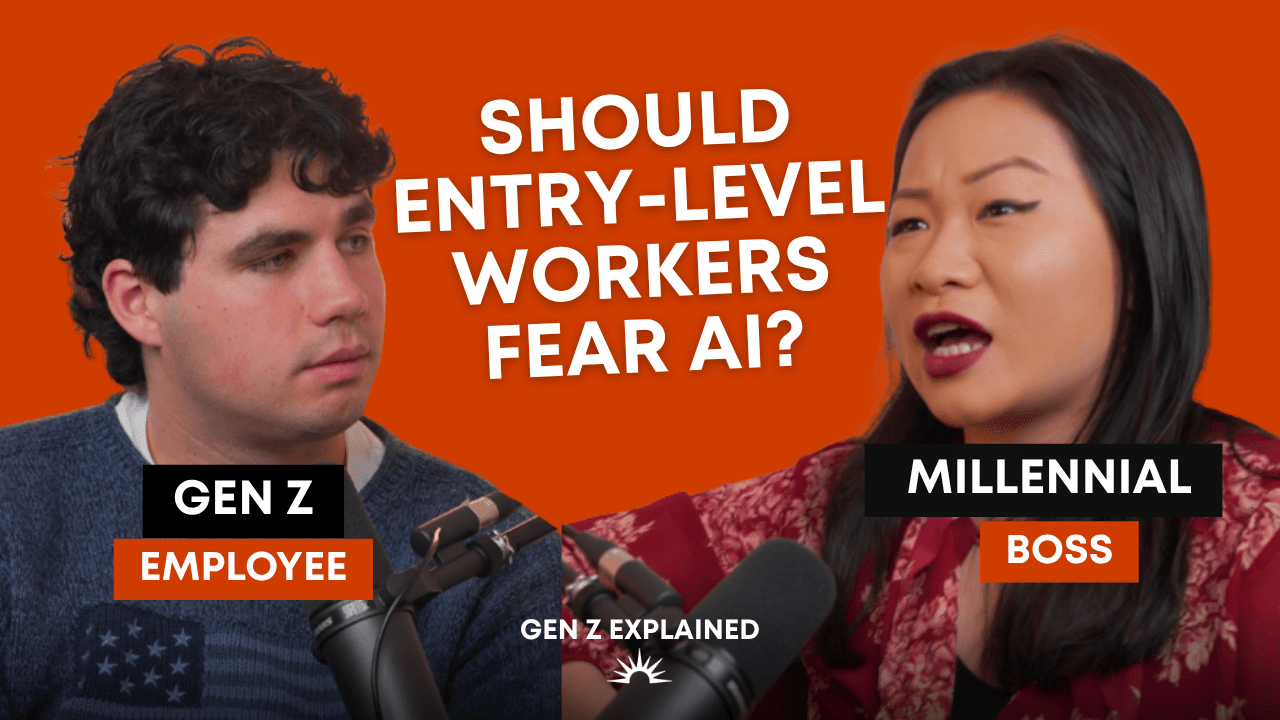As a designer, I believe design is learnt through trial, error and review. As a child, I experimented with Microsoft Paint. I borrowed books and drew fonts. I learnt Adobe at University through painful YouTube-aided self-learning. At my first job, I learnt the principles of visual communication—clarity, repetition, alignment, contrast, and hierarchy—from a patient instructor.
Canva is where this important process goes to die. The Australian tech company's dominance is distressing; its platform is infantilising and its purpose is questionable. It is a company making super-profits from software that corrodes skill and contributes to the devaluing of creative labour. Rather than flattening the learning curve, Canva is removing the need to learn.
Frequently touted as proof that Australian startups can change the world, Canva's meteoric success raises the question: has its mission to make design 'accessible' been worth the cost?
Like writing, graphic design is a skill. There is a grammar that must be adhered to. These tenets—grids, golden ratio, hierarchy—are not taught by software that reduces design to templates. Rather than democratising design, I believe Canva's handholding has made learning design more inaccessible. Rather than upskilling users, it has has ushered in an era of design illiteracy.
At first, Canva seems like a great product for those new to design. But for someone who cut their teeth learning design on Adobe, the product has noticeable shortcomings. Actions that I was accustomed to performing aren't possible—for example, drawing a polygon or adding shadows to objects. Many design actions can only be performed with rigid, janky 'apps', many of which are gated behind Canva's paywall.
These shortcomings aren't an oversight. Instead of enabling difference, Canva deliberately encourages users' reliance on its safe templates. If Canva cared about educating and upskilling their users, it would empower them with more tools to create original designs.
Recently, Canva has been pushing AI down its users' throats with its new 'Magic Tools'. With these new AI features, the hand of the creator is moving even further from the design. Now, we are not even trusted to adjust templates.
Should we celebrate the corrosion of learning and skill development in the name of increasing accessibility? Perhaps Canva's heavy-handed approach to integrating AI reveals its true beliefs about design: it is not interested in stoking the fire of users' creative imagination.
Using AI for design devalues human creativity and suffocates our imagination. One Instagram commentator warned of the incoming 'cultural Ice Age': our mining of the past has frozen over, and all we are left with is the simulacra of monoculture. I fear Canva's use of generative AI will further accelerate the proliferation of derivative design.
Canva's dominance has already perpetuated a soulless corporate vibe. Monotonous gradients and juvenile colour palettes are housed within stock-standard templates. There has been a deluge of Corporate Memphis avatars, thick wide (grotesque) sans serif, misaligned and devoid of design hierarchy. Generic gradients and squiggles appear like corporate incantations. Design fads have always been a thing, but they move faster now, lining up to Canva's new releases. This homogeneity is the visual equivalent of confected corporatese.
Canva has captured Gen Z. Instagram feeds and university notice boards are inundated with templated designs. Posters for student divestment protests look like cafe menus. My daily walk down Enmore Road reveals the Inner West's creative scene's (ironic) reliance on Canva too. Album release posters look closer to networking event advertisements. Good, appropriate and interesting design is going extinct. Even those who move in circles that purport to value creativity are outsourcing their visual imagination to Canva.
I get it. Begrudgingly, I must acknowledge, I do use Canva. The platform makes it easy to remove backgrounds, duotone photos and mockup various assets. There are use cases in which it makes sense—Ray White uses it across their hundreds of branches to ensure design consistency.
But it's Canva's naturalisation that I resent. I still believe the 20 hours spent upskilling on Adobe are well spent. With more sophisticated design tools, you'll know the underlying components, the workflows—what gives design 'ontological heft'. The friction of learning is important. While understanding the components of Adobe Suite may not be essential to everyone, understanding how design is used to communicate is.
The perceived efficiency and 'innovation' of platforms like Canva are alluring to businesses. It's understandable if businesses want to furlough expensive senior designers in favour of young associates who are adept at using Canva. But this labour market trend represents something more than the classic equation where profit overrides aesthetic integrity.
I believe Canva is an instance of our social capture by SaaS companies. Skilled labour and experience are disappearing in favour of freemium plans. Before Canva hollows out creative labour, I hope we realise we cannot outsource creativity to a template.







